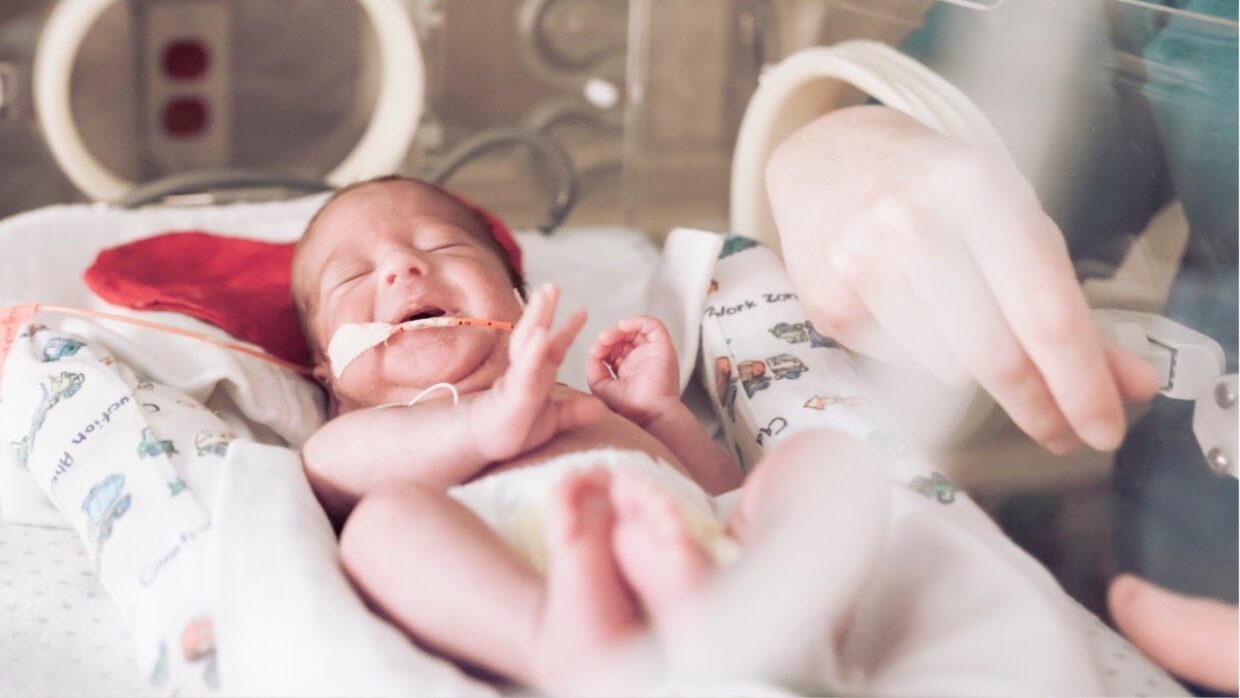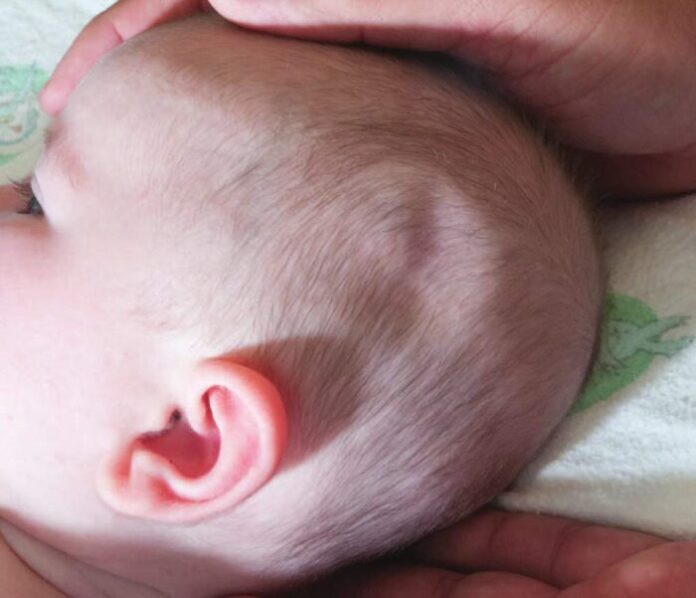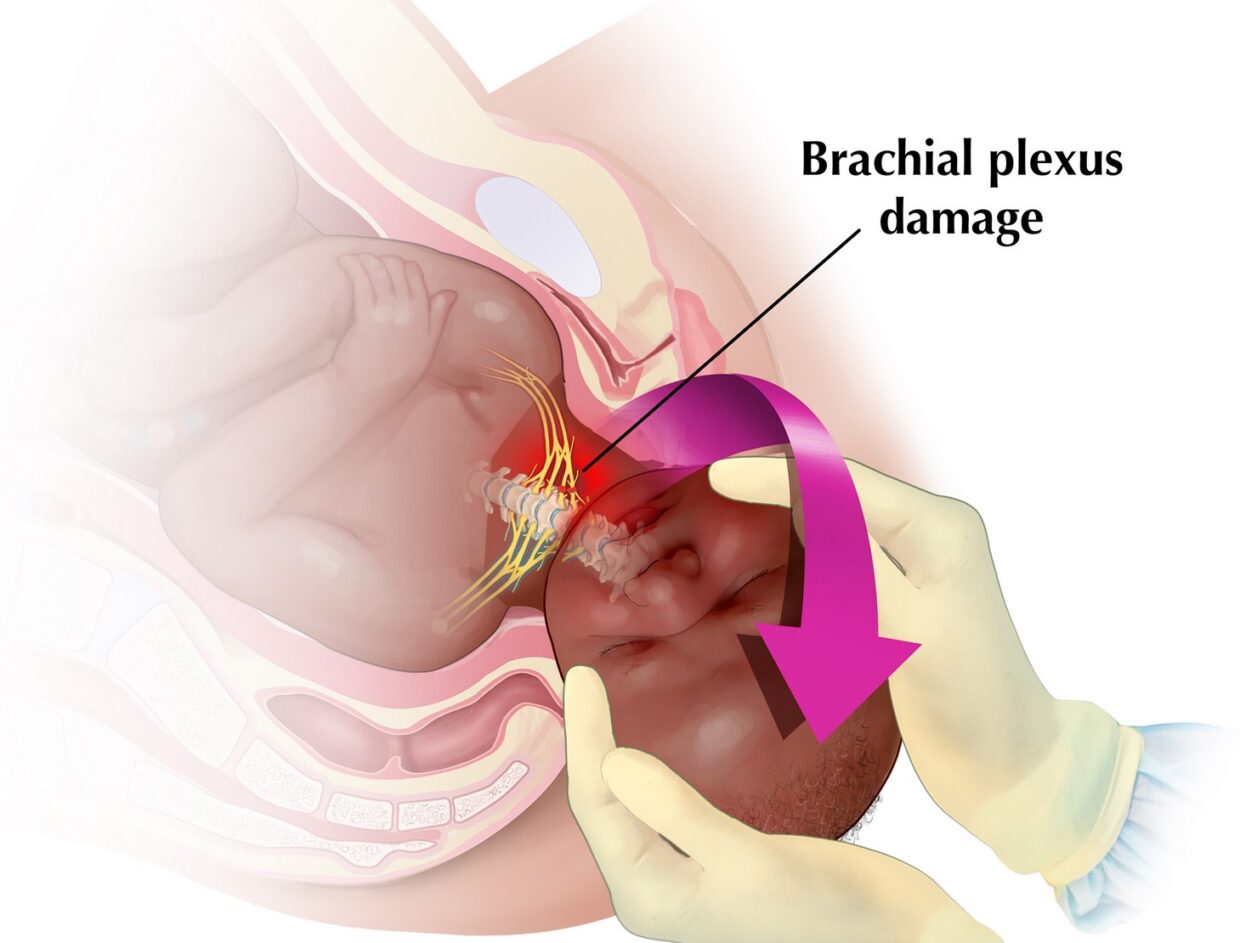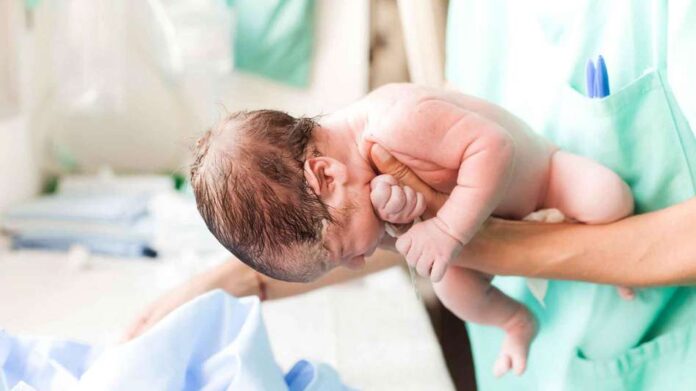For most parents, particularly first-timers, pregnancy and childbirth are experiences that can still cause amazement, bring joy, and even hope. However, not all childbirths go smoothly. There are cases where babies have suffered birth traumas that are severe enough to cause lifetime damage.
When you are certain that injuries during childbirth are causing severe complications do not leave these untreated. Serious consequences can include paralysis and brain trauma that may only be evident after the baby has grown. By then, it may be too late to get medical as well as legal assistance.
Since babies typically cry when they’re born, many parents and child caregivers may find it hard to ascertain if there are birth injuries. It’s not easy to tell if they’re crying because they feel some kind of physical hurt or if they need attention, hungry, or uncomfortable.
Some cases of birth trauma may be visible while the baby is still in the hospital. Other birth traumas become evident only much later. However, trained birth injury teams know how to recognize signs of birth injury in infants.
For your convenience, you can check this article for more details about that. Meanwhile, this article summarizes five (5) types of birth trauma and how you can spot them.
1. Brain Damage

Brain damage can be detected in different ways, but not all indicators are easy to spot. In some cases, doctors may spot a large forehead or an unusual shape of the head. In other cases, symptoms may appear later during the infant’s development stage, such as a spinal column that is malformed or a long-lasting stiff neck. Other visible signs of possible brain damage are distorted facial expressions and unusual eye movements.
Children who suffer from brain damage may show more symptoms as they grow older. These include cognitive deficiency, delayed mental or emotional development, and behavioral issues. For instance, the child may fail to achieve standard physical development such as crawling or walking. Other indicators that should be taken seriously are muscle spasms, tremors, and even extreme fatigue.
2. Cerebral Palsy

A birth injury that causes specific brain damage can be due to cerebral palsy. For instance, when the brain doesn’t receive enough oxygen during childbirth, brain damage can manifest as cerebral palsy. The symptoms can indicate the severity of the damage. Some symptoms present instantly after birth while other symptoms may manifest only when the child is older.
For instance, the symptoms of spastic cerebral palsy include uncontrollable movements, inability to walk normally, and stiffness. Later, a child with spastic cerebral palsy may manifest cognitive impairment, hearing problems, visual impairment, seizures, or even developmental disabilities.
The earliest signs of cerebral palsy that doctors can notice when the child is born is when the head is flopping to the back or the side. At this time, if you feel that the baby refuses to be held in your arms or that it’s pushing you away, it may be because of extreme stiffness or discomfort.
3. Skull Fracture

A skull fracture is another type of birth injury in infants that can be difficult to spot. Any of the skull’s bones may fracture before or during birth. In fact, skull fractures are usually minor and mostly go undetected.
However, signs such as bruising, bleeding, unexpected listlessness, seizures, or a lump on the head may indicate that the fracture is severe. If you see that the infant’s skull shows a depressed fracture (indentation), immediate medical attention is required. However, skull indentation rarely happens. In fact, most minor skull fractures rapidly heal without treatment.
In any case, if your infant seems to show any of these symptoms, it is essential that you bring the baby to an experienced pediatrician for regular checkups. If you find some difficulty in scheduling an online appointment, an in-person visit should be scheduled as soon as possible.
4. Nerve Injuries

In the birthing process, one injury that can happen to infants is brachial plexus nerve damage. The nerves of the brachial plexus control arm movements and manage sensation in both arms. These nerves can be damaged when very heavy or very large babies are pulled too fast or too hard from the birth canal.
Partial or complete paralysis of one hand may indicate that the infant child has brachial plexus palsy (also known as Erb’s Palsy). When an infant doesn’t move one arm as much as it does the other, that can be an indicator of brachial plexus nerve damage.
Other symptoms include a weak grip in one hand, when the hand is strangely held against the body, or when the baby does not display the Moro reflex. Other symptoms of nerve injuries include asymmetrical facial expressions and movements, as well as partial or complete facial paralysis.
5. Bruising And Swelling

After delivery, infants may show some minor swelling or bruises on their skin or soft-tissue areas, particularly areas that are under a lot of pressure during the labor process. For instance, infants that are delivered face-first may show some minor swelling around the eyes. Breech delivery can cause bruising or swelling of genitals. Skin injuries can be caused by medical instruments used to deliver the baby such as clamps, forceps, or vacuum extractors. In most cases, these bruises do not require any kind of treatment.
The stress caused by the delivery process or by medical instruments can hurt the fat under the skin of a newborn baby. This injury is known as subcutaneous fat necrosis. This injury appears as firm and red in the buttocks, thighs, and arm areas. This type of birth injury typically heals itself without any medical therapy or treatment.
If your baby experiences an injury of any kind during birth, be sure to reach out for legal help as soon as possible. The team at Salvi, Schostok & Pritchard is incredibly experienced in birth injury cases and can help ensure you receive the compensation you deserve.
Takeaways
Pregnancy and childbirth can be the most satisfying experiences. At the same time, more people should be aware of potential issues such as birth traumas. If you notice swelling or bruises, arm paralysis, or unusual facial contortions, talk to your pediatrician at once. While these symptoms can disappear after some time, others may indicate serious health issues in the infant. To play it safe, have a licensed professional examine your infant as soon as possible.





![Calgary’s Hottest Neighborhoods for Luxury Homebuyers [2024]](https://thewashingtonote.com/wp-content/uploads/2024/04/Calgary-324x160.png)



